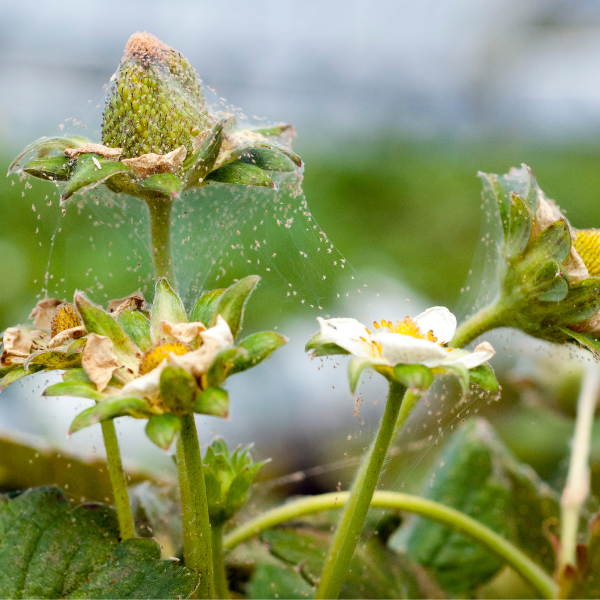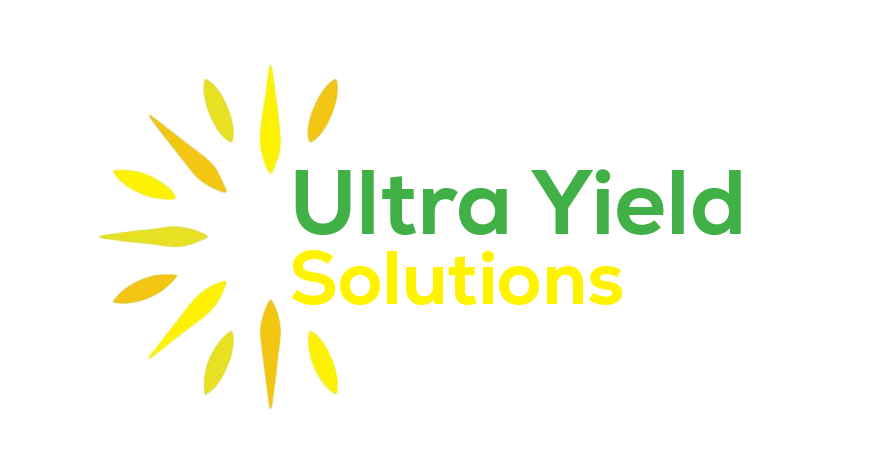
Horticultural lighting in indoor growing facilities and nighttime treatment with specific wavelengths on outdoor crops are being shown to reduce pests and diseases that impact yields and profits.
Integrated Pest Management & Biocontrols
New research suggests that indoor growers and greenhouse operators can use lighting to fight pests as part of an Integrated Pest Management program. Integrated Pest Management (IPM) is a holistic approach to managing pests that combines methods and strategies including physical, biological, and chemical processes. IPM creates an environment that is less favorable to pests using biological controls, such as natural predators or parasites, to control pest populations. These biological controls are called biologicals, biocontrols, or just bios
Lighting plays a significant role in three ways: photoperiod, intensity, and spectrum:
Photoperiod
Insects under stress often go dormant in a process known as diapause. Winter, when hours of daylight are low, is one of the most potent triggers of diapause. If these biologicals are good for the health of the plant, supplemental lighting can extend the photoperiod and keep biocontrol species active in fighting pests through the winter. This strategy is “breaking diapause” for biocontrols.
Light Intensity
Some biocontrol parasites/predators become more effective with increased light intensity and photoperiods allowing the good pests to outnumber the bad ones. Research has also shown that increased light intensity can make blue and yellow sticky traps more effective at trapping specific pests.
Spectrum
Different wavelengths have been shown to be effective at fighting certain plant diseases. Red light suppresses downy mildew in basil and improves plant growth. The red light treatment is done at night to prevent spore spread.
UV light is shown to prevent powdery mildew in cucumbers and strawberries. While UV can break down a pathogen’s DNA, blue light aids in repairing DNA. So, combining blue and UV lighting has been shown to be ineffective at preventing the disease.
Other Recent Research
The University of Florida’s Gulf Coast Research and Education Center team showed that ultraviolet lamps thwart strawberry pathogens in the field. Specifically, UV lamps effectively control spider mites by applying light two times per week, at night.
Understanding Phototaxis in Pests
Phototaxis is the movement of a living thing in response to light. Positive phototaxis is when the organism moves toward the light source and negative phototaxis is when an organism moves away. At night, some insects use the moon and stars for navigation. Other insects are attracted to the heat from artificial lights, and yet others are attracted by groups of insects hovering near an artificial light source. Insects that have a positive phototaxis response include moths, beetles and stinkbugs.
Other insects have a negative phototaxis response and instinctively move away from artificial light sources. Insects with a negative phototaxis response include cockroaches, earthworms, and some types of ants. Understanding the phototaxis response of specific pests can aid indoor growers in adjusting lighting intensity and duration as soon as insects are found on plants.
Partnering With a Future-Focused Lighting Distributor
Chris Brown, Chairman, CEO, and Founder of Ultra Yield Solutions advises CEA operators, “Look for a lighting partner with future-focused expertise to guide you as you consider lighting and controls options.” He continues, “The Ultra Yield Solutions team provides insights to help growers plan lighting installations that adapt to changing needs and take advantage of emerging techniques for maximum yield at harvest time.”
Thoughtful planning and design of LED lighting and control installations allow indoor growers to utilize emerging pest and disease control techniques while enjoying the benefits of reduced energy costs and more sustainable operations. Ultra Yield Solutions is uniquely qualified to assist indoor growers in developing lighting plans customized for their crops, yield goals, budget, and location, with an expert eye on future functionality. Click here to start exploring how Ultra Yield Solutions can optimize your indoor grow lighting installation.
